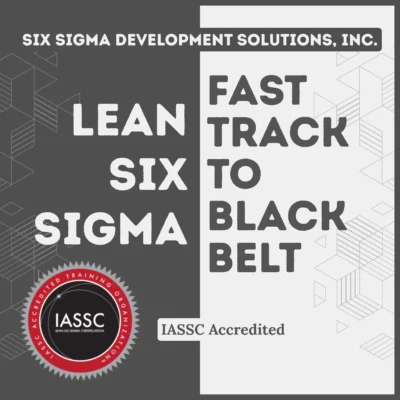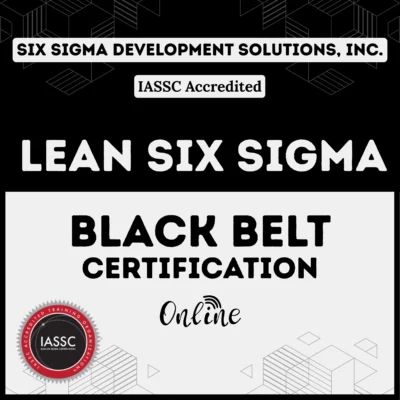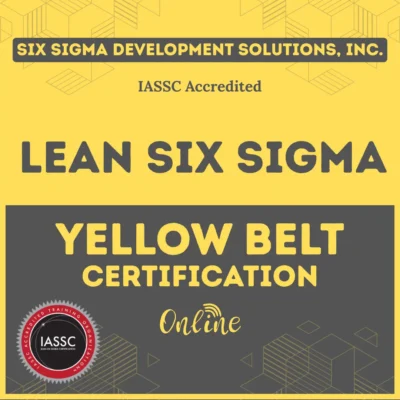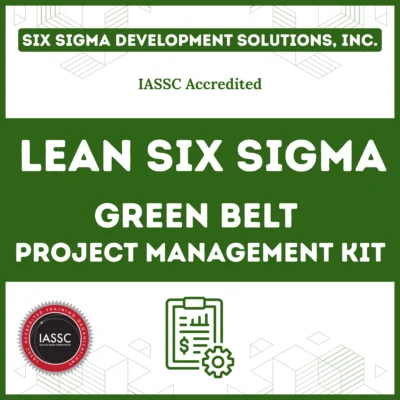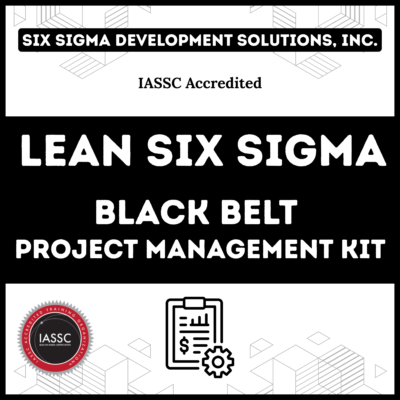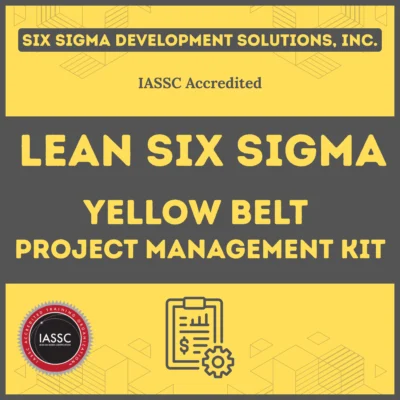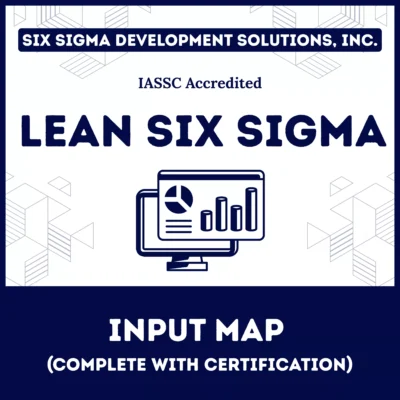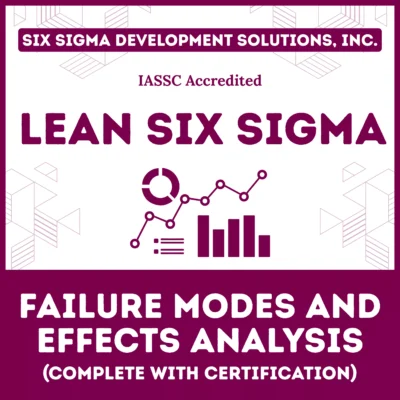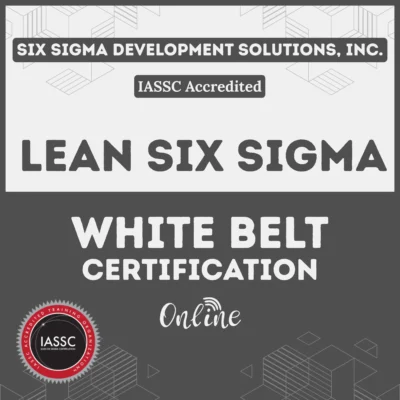Manufacturing leaders constantly seek methodologies that streamline operations while maximizing throughput. Among the most powerful approaches stands the Drum Buffer Rope (DBR) system, a cornerstone concept within Eliyahu Goldratt’s Theory of Constraints (TOC).
This sophisticated production planning methodology revolutionizes how organizations manage workflow, eliminate bottlenecks, and achieve operational excellence.
The drum-buffer-rope framework transforms traditional manufacturing approaches by focusing on the critical constraint that governs entire system performance. Rather than optimizing individual processes in isolation, DBR creates a synchronized production environment where every element works harmoniously toward maximum throughput.
Table of contents
What is Drum Buffer Rope?
At its core, Drum Buffer Rope is a scheduling and production management technique designed to optimize the flow of work through a system by focusing on its weakest link—the constraint.
Introduced in Goldratt’s bestselling book The Goal, DBR uses a metaphorical trio—the drum, the buffer, and the rope—to ensure that operations run at the pace of the system’s bottleneck, preventing overproduction and reducing inefficiencies.
Think of a hiking group moving through a forest. The slowest hiker sets the pace for the entire group. If faster hikers surge ahead, the group risks getting separated, and if they lag too far behind, progress stalls. In DBR, the slowest hiker is the constraint (the drum), and the system is designed to keep everyone moving in sync with them. Let’s break down the three components that make this methodology tick.
Public, Onsite, Virtual, and Online Six Sigma Certification Training!
- We are accredited by the IASSC.
- Live Public Training at 52 Sites.
- Live Virtual Training.
- Onsite Training (at your organization).
- Interactive Online (self-paced) training,
The Drum in a Theory of Constraints System
The drum represents the system’s constraint—the bottleneck that limits the overall output. In a manufacturing plant, this could be a machine with limited capacity, a skilled worker with a unique role, or even market demand itself. The drum sets the rhythm, dictating the pace at which the entire system operates. By scheduling production around the drum, businesses ensure that every process aligns with the constraint’s capacity, maximizing throughput without overloading the system.
For example, if a factory’s slowest machine can produce 100 units per hour, the drum ensures that upstream processes don’t flood it with more than it can handle. This focus on the constraint prevents excess inventory and keeps the production line moving smoothly.
The Buffer in a Theory of Constraints System
Next up is the buffer, a protective cushion of time or inventory placed strategically to keep the drum from starving. Buffers absorb variability—unexpected delays, machine breakdowns, or supply chain hiccups—that could disrupt the constraint’s work. In DBR, buffers are typically time-based, ensuring that work arrives at the constraint just when it’s needed, not too early or too late.
There are two primary types of buffers in DBR:
- Constraint Buffer: Positioned directly before the bottleneck, this buffer ensures the drum always has work ready to process.
- Customer Buffer: Placed at the end of the production process, this buffer protects the shipping schedule, ensuring products are ready for delivery on time.
Imagine a hospital where a doctor is the constraint. The buffer might be a receptionist scheduling appointments to keep two or three patients in the waiting room, ensuring the doctor never runs out of work but isn’t overwhelmed.
The Rope in a Theory of Constraints System
The rope is the mechanism that controls the release of new work into the system. It acts like a signal, pulling work forward only when the drum is ready to process it. By tying the release of raw materials or tasks to the drum’s pace, the rope prevents work-in-process (WIP) from piling up, reducing clutter and costs.
In practice, the rope ensures that upstream processes don’t release materials too early, which could lead to excess inventory, or too late, which could starve the constraint. It’s a pull system, similar to Lean Manufacturing’s Kanban, but specifically tailored to synchronize with the drum’s rhythm.
Implementing Drum Buffer Rope Scheduling Successfully

Successful drum buffer rope scheduling requires systematic implementation across five critical phases:
Phase 1: Constraint Identification and Validation
Before implementing DBR, organizations must identify their true constraint. This involves:
- Capacity analysis across all resources
- Throughput measurement at each operation
- Market demand assessment
- Policy constraint evaluation
Many organizations discover their constraint isn’t a physical resource but rather a policy, procedure, or market limitation. Proper constraint identification forms the foundation for effective DBR implementation.
Phase 2: Constraint Exploitation
Once identified, the constraint must be fully exploited through:
- Minimizing setup times and changeovers
- Ensuring continuous operation during scheduled hours
- Optimizing product mix for maximum throughput
- Implementing preventive maintenance programs
- Cross-training operators for flexibility
Constraint exploitation focuses on maximizing output from the bottleneck without capital investment.
Phase 3: System Subordination
All non-constraint resources must subordinate to the constraint’s schedule. This requires:
- Batch size adjustments to match constraint requirements
- Quality improvements to reduce constraint rework
- Setup reduction on non-constraints when beneficial
- Workforce reallocation to support constraint operations
Subordination challenges traditional efficiency metrics, requiring cultural shifts toward throughput optimization.
Phase 4: Buffer Management Implementation
Effective buffer management involves:
- Buffer sizing based on statistical analysis
- Color-coded buffer monitoring (red, yellow, green zones)
- Exception-based management focusing on buffer penetration
- Regular buffer size adjustments based on performance data
Buffer management replaces traditional expediting with systematic priority management.
Phase 5: Continuous Improvement Through Elevation
When the constraint limits system performance, elevation becomes necessary:
- Capital investment in constraint resources
- Process redesign to eliminate constraint limitations
- Outsourcing constraint operations when beneficial
- Technology upgrades for constraint productivity
Elevation requires careful economic analysis to ensure positive return on investment.
How Drum Buffer Rope Works?

Now that we’ve covered the components, let’s see how drum-buffer-rope scheduling comes together in a real-world scenario. Picture a custom machine shop producing specialized parts. The shop’s constraint is a high-precision CNC machine that takes longer to process parts than other workstations. Here’s how DBR would optimize the workflow:
- Identify the Drum: The CNC machine is the bottleneck, capable of processing 50 parts per day. This sets the production pace for the entire shop.
- Set the Buffer: A time buffer of, say, two days’ worth of parts is maintained before the CNC machine to account for delays in upstream processes like cutting or assembly.
- Pull with the Rope: Raw materials are released into the system only when the CNC machine is ready to process them, ensuring no excess parts pile up.
By aligning the entire system to the CNC machine’s pace, the shop avoids overproduction, reduces WIP, and ensures timely delivery to customers. This systematic approach transforms chaos into a synchronized symphony of productivity.
Benefits of Drum Buffer Rope Scheduling
Implementing drum buffer rope scheduling offers a host of benefits that can elevate your business. Here are some key advantages:
- Maximized Throughput: By focusing on the constraint, DBR ensures the system produces as much as possible without wasting resources.
- Reduced Lead Times: Buffers and controlled work release minimize delays, speeding up the entire production cycle.
- Lower Inventory Costs: The rope prevents overproduction, keeping WIP and finished goods inventory at optimal levels.
- Improved Resource Utilization: Non-constraint resources are subordinated to the drum’s pace, avoiding idle time or overuse.
- Enhanced Reliability: Buffers protect against disruptions, making schedules more robust and predictable.
These benefits make DBR particularly effective for industries like manufacturing, healthcare, and software development, where constraints are common and variability can wreak havoc.
Comparing Drum Buffer Rope to Other Methodologies
DBR shares similarities with other production management systems like Lean Manufacturing’s Kanban and Just-In-Time (JIT). However, it stands out in its laser focus on the constraint. While Kanban uses physical or visual cues to limit WIP, DBR’s rope ties work release directly to the drum’s capacity. Unlike JIT, which assumes balanced capacity across all processes, DBR acknowledges that constraints are inevitable and leverages them to drive efficiency.
For instance, in a job shop with a fluctuating product mix, DBR’s ability to adapt to a moving constraint (using techniques like Simplified DBR or S-DBR) gives it an edge over Kanban, which struggles with highly variable environments. This flexibility makes DBR a powerful tool for complex, dynamic systems.
Implementing Drum Buffer Rope in Your Business

Ready to harness the power of DBR? Here’s a step-by-step guide to get started:
- Identify the Constraint: Analyze your production process to pinpoint the bottleneck. This could be a machine, a worker, or even market demand.
- Optimize the Drum: Ensure the constraint is operating at maximum efficiency. Reduce setup times, improve maintenance, or train staff to boost its performance.
- Establish Buffers: Set up time buffers before the constraint and at shipping to protect against variability. Use data to determine the right buffer size—too large, and you’ll increase costs; too small, and you risk starving the drum.
- Implement the Rope: Create a system to control work release, such as a scheduling tool or visual signal, to align with the drum’s pace.
- Monitor and Improve: Continuously track performance metrics like throughput, lead time, and inventory levels. Adjust buffers and schedules as needed to maintain flow.
For example, a software development team might identify their constraint as a limited number of senior developers. By scheduling tasks around their availability (the drum), maintaining a queue of prioritized tasks (the buffer), and releasing new projects only when capacity allows (the rope), the team can deliver features faster with less stress.
Real-World Applications
DBR’s versatility extends beyond manufacturing. Here are a few examples of how it’s applied across industries:
- Healthcare: In a hospital, DBR ensures doctors (the constraint) are supported by efficient scheduling of patients (the buffer) and controlled intake of appointments (the rope).
- Software Development: Agile teams use DBR to manage workloads for key developers, preventing burnout and ensuring timely releases.
- Construction: DBR helps synchronize tasks around critical resources like heavy machinery, reducing downtime and speeding up project completion.
A notable case study comes from Microsoft, where a program manager used DBR to turn around a struggling software development team. By implementing an eight-slot buffer before the development team (the constraint) and controlling work intake with a rope, the team reduced lead times from five months to two weeks and boosted productivity by 155%.
Challenges and Considerations
While DBR is powerful, it’s not without challenges. Shifting bottlenecks, common in job shops with variable product mixes, can complicate scheduling. Simplified DBR (S-DBR) addresses this by focusing on a single buffer at shipping, but it requires careful planning. Additionally, implementing DBR demands a cultural shift—teams must prioritize the constraint over local efficiencies, which can be a tough mindset change.
To overcome these hurdles, invest in training, use visual tools like color-coded priority systems (red, yellow, green for buffer status), and leverage software to automate scheduling. Continuous improvement, a core TOC principle, is key to sustaining DBR’s benefits.
Conclusion
Drum Buffer Rope is more than a scheduling tool—it’s a philosophy that transforms how businesses approach constraints. By focusing on the drum (the bottleneck), protecting it with buffers, and controlling work release with the rope, DBR maximizes throughput, reduces waste, and delivers reliable results. Its practical applications span industries, from factories to hospitals, proving its versatility and impact.
Frequently Asked Questions (FAQs) on DBR
What does “drum-buffer-rope” mean in the Theory of Constraints?
Drum-buffer-rope is a scheduling methodology within the Theory of Constraints that optimizes production by focusing on the system’s constraint (the drum), protecting it with time buffers, and controlling work release with a pull mechanism (the rope).
How does the drum in a Theory of Constraints system work?
The drum is the bottleneck or constraint that sets the pace for the entire system. It determines the production schedule, ensuring all processes align with its capacity to maximize throughput.
What is the role of the buffer in a Theory of Constraints system?
The buffer is a time or inventory cushion placed before the constraint and at shipping to absorb variability, ensuring the drum never starves and customer deliveries are on time.
Which buffer is placed at the end of each task, and protects the critical chain process from variation due to non-critical tasks?
In DBR and Critical Chain Project Management, the project buffer is placed at the end of the critical chain to protect the overall project schedule from variations in non-critical tasks.
How does the rope in a Theory of Constraints system function?
The rope is a pull mechanism that controls the release of work into the system, ensuring materials or tasks are introduced only when the constraint is ready, preventing excess WIP.
How does DBR differ from Kanban?
DBR focuses on scheduling around a specific constraint with time-based buffers, while Kanban uses visual cues to limit WIP across all processes. DBR is ideal for systems with a clear bottleneck, while Kanban suits more balanced workflows.




